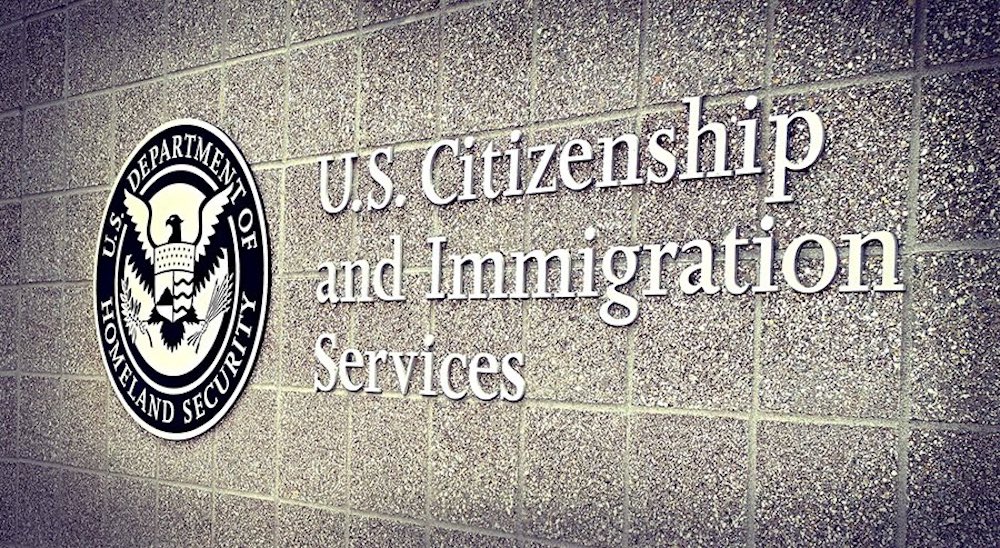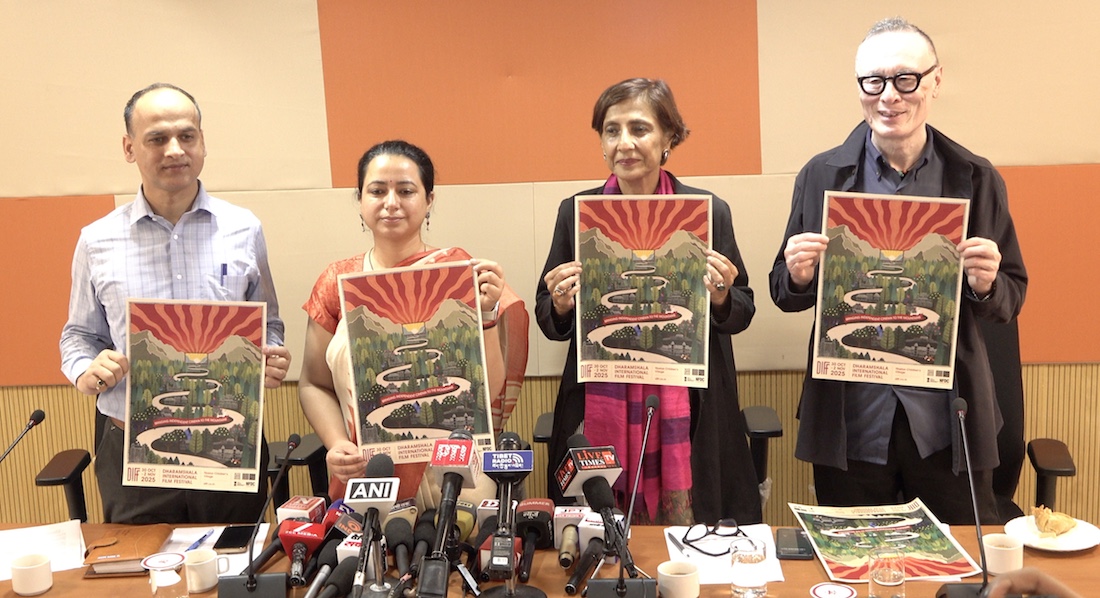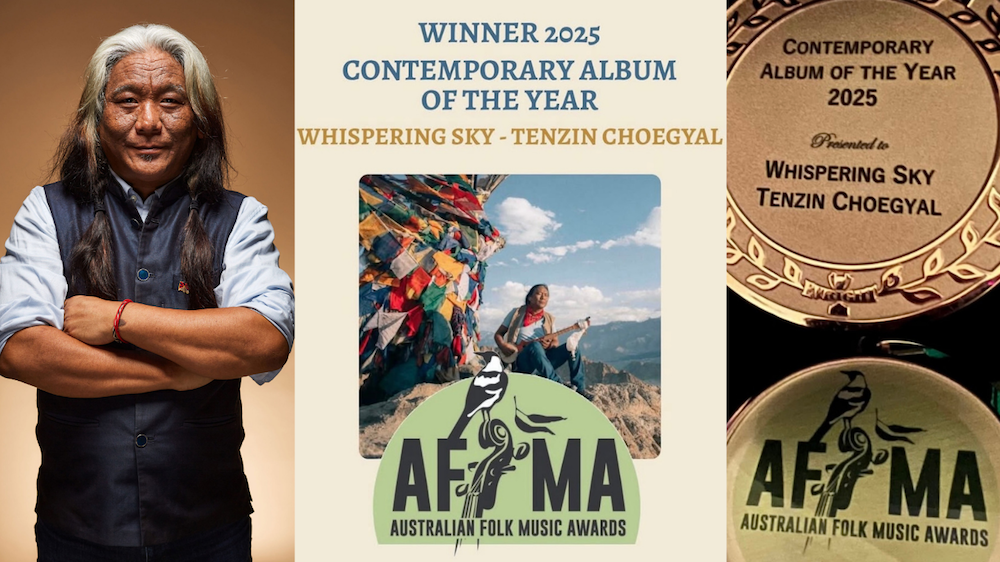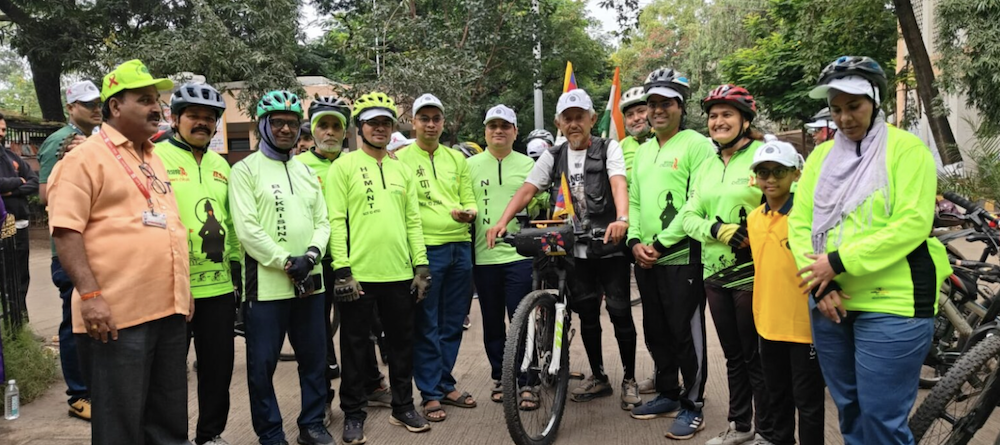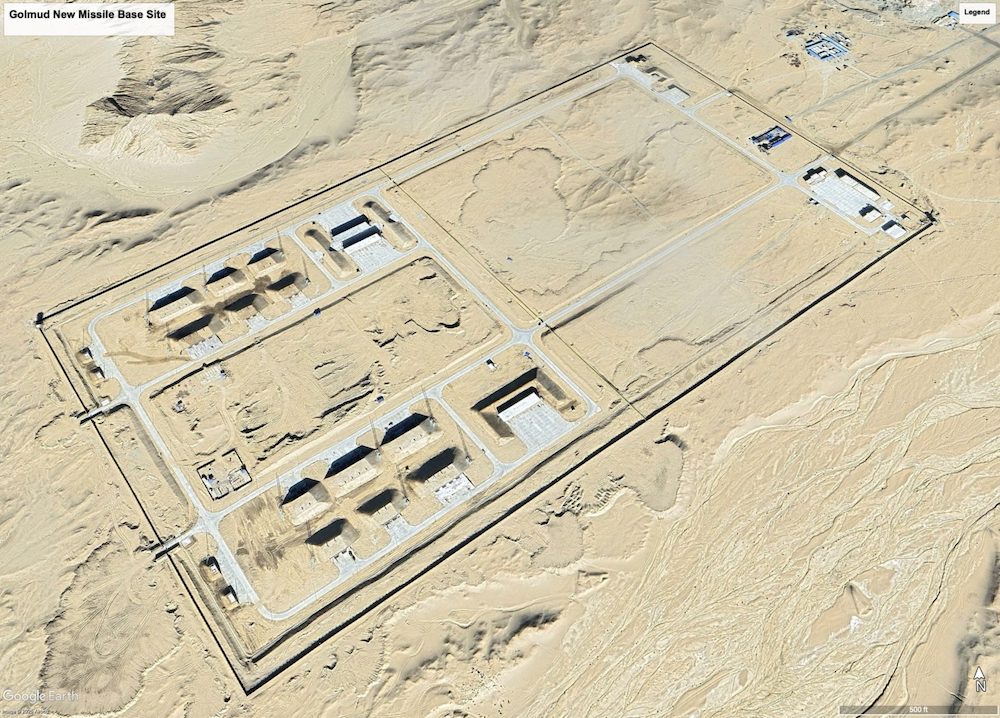By Michael Booth
Amid the strident arguments over war, leadership and sacrifice, Jampa Tenzin should be a hero for our time.
As Chinese forces swept through Lhasa to enforce a brutal crackdown on peaceful protests against their occupation, a police station where Buddhist monks were detained caught fire. Tenzin, a monk himself, walked through a wall of flame to bring out prisoners, and emerged with seared skin literally dripping off his arms.
Instead of passing out, as any sane, weaker human would have done, Tenzin exhorted the crowd to save more prisoners and continue the protests; after rallying the downtrodden city of pacifists, Tenzin was arrested, tortured and killed by the Chinese.
Scenes like these, alternately inspiring and horrifying, infuse the documentary “Tibet: Cry of the Snow Lion” with a magical intensity worthy of its subject, the larger-than-life mountain kingdom that has long acted as the soul of a superficial planet
Advertisement
If Richard Gere annoys you, ignore him and the other celebrities mentioned here and learn something.
The true story of Tibet’s painful half-century is more complicated and infuriating than any wire-service account of a Hollywood fundraiser would let on. The scenery alone is a revelation, avoiding the obvious shots of Everest in favor of sweeping plains of barley, lakes shimmering in a cold wind and countless snowy peaks lifting up the sky.
Director Tom Peosay and his wife, writer Sue Peosay, acquired their luminous and gritty footage on nine trips to Tibet over 10 years; their dedication and depth ground this opinionated nonfiction. They tell the more familiar story of China invading the Buddhist haven in 1949, claiming it as a backward province, and the revered Dalai Lama’s flight to exile in India 10 years later.
But the Peosays also dig for the occasional mitigating truth. Pre-Chinese Tibet was an offensively elitist society spending nearly 90 percent of its resources to educate the lucky 10 percent living in monasteries. The people retain a genuine devotion to a religion that is transporting in its beauty, but they also tolerated a nearly feudal existence.
As peasant and scholarly voices tell their stories, images linger of prayer wheels spinning, pilgrims persevering past flapping prayer flags, and the faithful lighting countless yak-butter lamps on glowing altars.
As New York Buddhist scholar Robert Thurman explains it, the Dalai Lama’s role is as if Jesus still walked the earth among dedicated Christians. Imagine the spiritual power of that relationship, Thurman urges the audience. And at a time when certain adherents to various religions kill and maim for their “cause,” try to imagine maintaining a commitment to nonviolent resistance, as the Dalai Lama has done in winning the Nobel Peace Prize.
The Peosays’ cameras and words also capture seldom-seen proof of what the Chinese government has done to Tibet since the 1950s, such as building a railroad to funnel Chinese nationals into the country to dilute the Tibetan population. The sacred ground around the iconic Potola palace is now a maze of brothels, amusement parks and cheap knockoff goods.
“Religion is poison,” Mao told the Dalai Lama in an ominous threat, and the Chinese have responded with reprehensible socio-political toxins of their own. Their government officials are given adequate time here to defend their actions, but the pictures speak much louder. Former U.N. Ambassador Jeane Kirkpatrick brings in conservative credibility when she says the Chinese are guilty of genocide.
After a chilling display of the torture tools used in Chinese prisons, including a vaginal electric prod, one friend of Tibet says, “If you could see what happens, there is no way to control your tears.”
Near the end, the Tibetan cause seems hopeless. Leave it to the smiling monks to offer an alternative summary: Look at South Africa, look at the Berlin Wall – they seemed equally insurmountable problems at some point. Let’s hope history proves other Tibetan loyalists right when they say, “All it takes is our will.”
Tibet: Cry of the Snow Lion
***(out of 4 stars)
Directed by: Tom Peosay
Written by: Sue Peosay and Victoria Mudd
Photography by: Tom Peosay
Starring: Martin Sheen narrates, with voice-overs added by Susan Sarandon, Tim Robbins, Ed Harris and others
Rated: Not rated, some violent scenes and discussions
Running time:1 hour, 44 minutes
Distributed by: Artistic License Films
Opens: Today at the Chez Artiste
If you like this, try: The riveting nonfiction book “Seven Years in Tibet,” but not the mediocre Brad Pitt movie.





